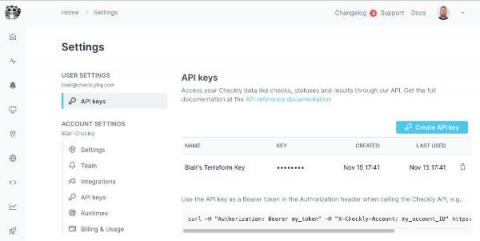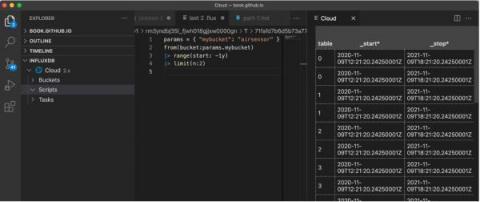User-scoped API Keys
Checkly has released a change to the way API keys are created and managed. In the past, API keys were account-scoped. These account-scoped keys have full access rights to your Checkly account and no accountability to which user is using the key. When we originally built Checkly, we made it a tool to enable individual developers to quickly and easily set up browser and API checks. We help ensure your web applications are up and running and send alerts when something goes wrong.











